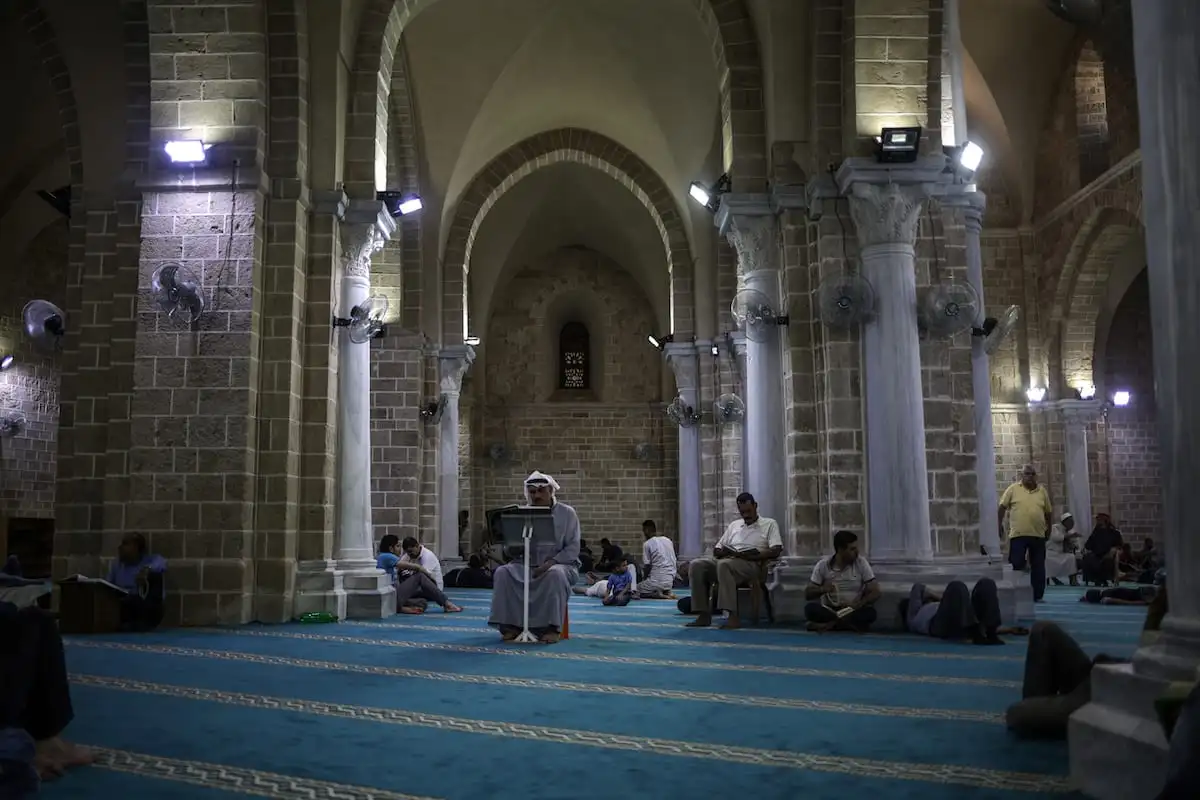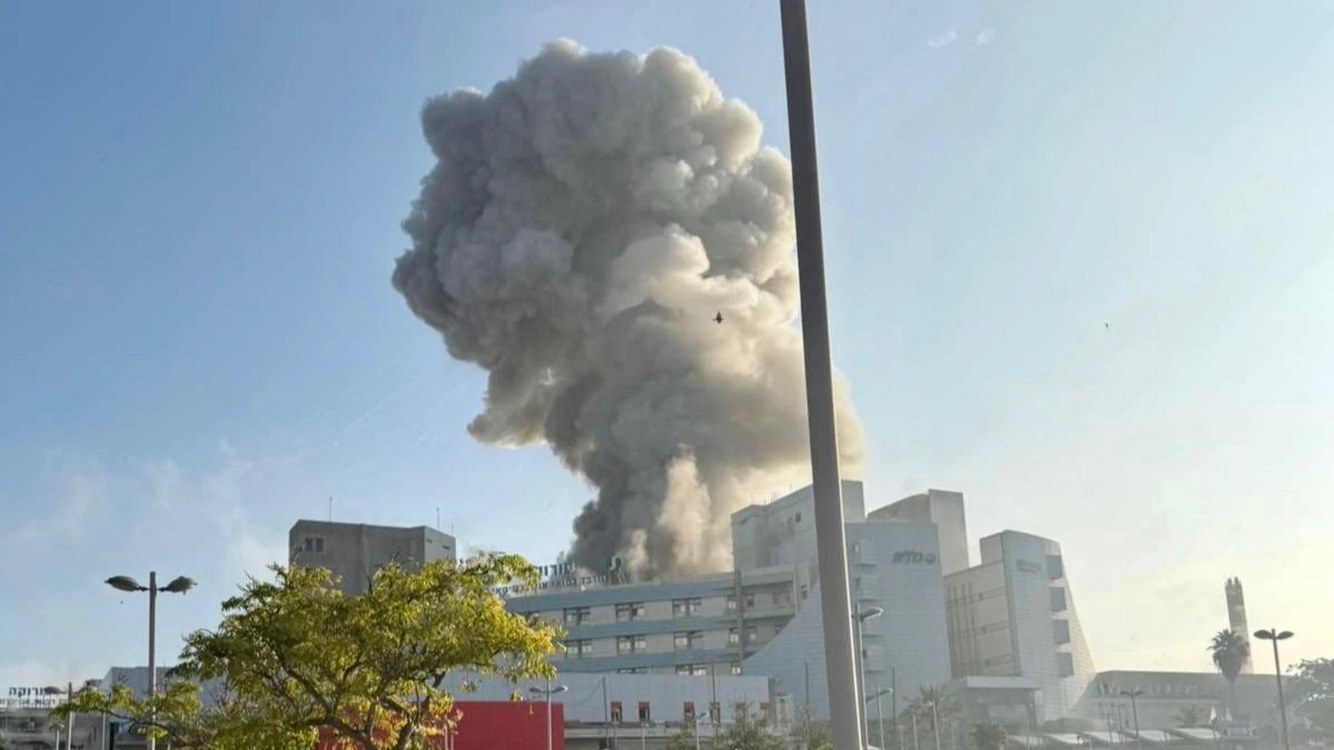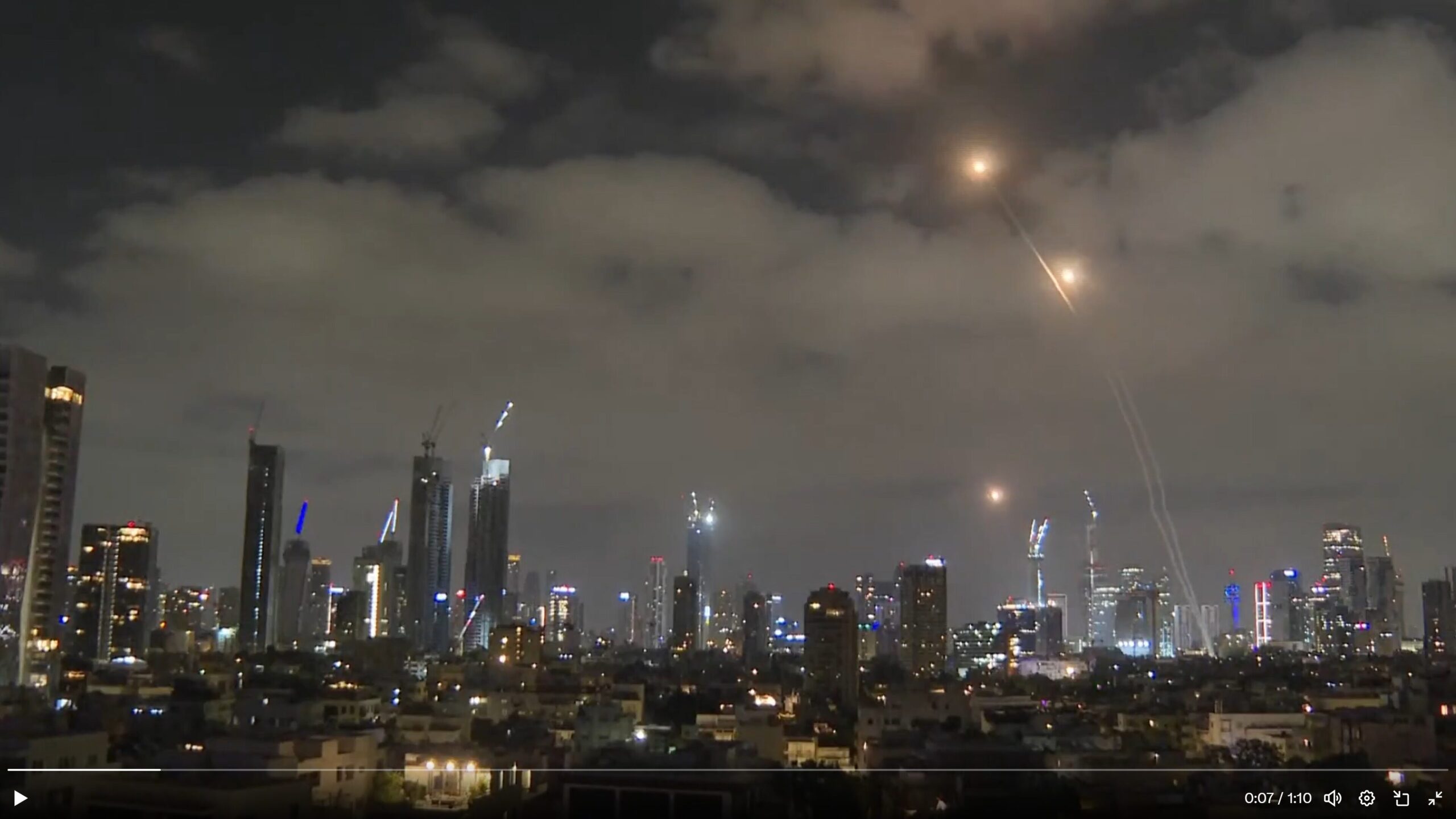Israel has damaged or destroyed over 100 historic and cultural sites in Gaza since their onslaught began on October 8th. Presented as evidence of a genocide going on in Gaza, some of the destroyed sites were labeled as world heritage by UNESCO, and had stood since the Middle Ages.
These include the Great Omari Mosque and its library of medieval Islamic manuscripts, the Sayed al-Hashim Mosque, built in the 12th century and supposedly housed the tomb of one of the Prophet’s great-grandfathers, a collection of over 3,000 artifacts found in Gaza since the time of the Canaanites, housed in a museum called Al Qarara, and the Byzantine sites of Jabalia Church built in the year 444, and the Saint Hilarion Monastery, the spiritual hilltop retreat built by the man who is said to have founded monasticism.
Also turned to rubble was a Roman necropolis dating to 200 CE, the Othman bin Qashqar Mosque where another great-grandfather of the Prophet is said to have been buried, and the Sarmatian Hammam, or bathhouse, which pre-dated Islam. A sign once hung by its entrance, Al Jazeera reports, stating it had been restored in 1320 by Mamluk ruler Sangar ibn Abdullah.
Perhaps most globally consequential of all this cultural carnage was a strike upon the Anthedon, a seaport established by migrating Mycenaean Greeks in the year 800 BCE, which grew into its own city-state during the Hellenistic age, and which later came to be occupied by Rome. 10 years ago, Hamas cleared a perimeter area for the construction of a training camp, which may have been the cause of the Israeli strike there.
“Israel is trying to erase the connection of the people with their land. It’s very clear and intentional,” Isber Sabrine, president of an international NGO that documents cultural heritage, told Al Jazeera. “Gaza’s heritage is part of its people, it’s history and their connection”.
UNESCO took a more measured approach, saying in a released statement: “While priority is rightly given to the humanitarian situation, the protection of cultural heritage in all its forms must also be taken into account. In accordance with its mandate, UNESCO calls on all actors involved to strictly respect international law. Cultural property should not be targeted or used for military purposes, as it is considered to be civilian infrastructure”.
The UN’s body for the organization of the protection of cultural heritage offered a vocal slap in the wrist compared to ISIS’ deliberate targeting for their own genocidal reasons, declaring “in the strongest possible manner” that the destruction of cultural and historical sites in Iraq amounted to “cultural cleansing,” “a war crime,” and “criminal chaos”.
History in the crosshairs
There’s something uniquely outrageous to Western populations when, in the course of wars launched around the world, irreparable damage is wrought upon cultural and historic sites of ages past. Even during the greatest man-made loss of life on Earth, the Second World War, a US officer in Italy was forced to respond specifically to newspaper questions on the destruction of the 12th century monastery of Monte Cassino.
“There’s nothing what can be done about it!” the officer responded, “Italy is just lousy with clerical monuments”.
Similarly, according to NBC News, the destruction of the two towering statues of Buddha in the Bamiyan Valley in Afghanistan by the Islamic Emirate, also known as the Taliban, “shocked the world”.
On the other side of the book, as ISIS rampaged across the Middle East in 2014, the caliphate’s soldiers managed to explode or bulldoze over a dozen renowned cultural heritage buildings, including some built 3,000 years ago by the ancient Assyrians, before an international coalition was formed to combat them.
While it’s not to say that the destruction of the Mosque of Prophet Yunus or the ancient Assyrian capital of Nimrud was the only reason the international coalition was launched, it’s organization in earnest in September of 2014, when the US, Iraq, Iran, Jordan, and Saudi Arabia were all targeting ISIS militants with airstrikes, followed hot on the heels of the cultural destruction.
South Africa in its recent court case against Israel for genocide, pointed out this cultural devastation as an important component of genocide as it is defined in the Convention on the Description and Punishment of the Crime of Genocide. During the Third Reich, the Nazis confiscated tens of thousands of Jewish ornamental vessels like Kiddush Cups and Candelabras, and they turned more than half of all the synagogues in Austria and Germany to rubble or ruin during Kristallnacht.
This wasn’t rampant looting, and the targeting of sites by ISIS was not mere vandalism. These were deliberate attempts to erase the presence of a religious or otherwise ethnic group from a perceived homeland. Gaza appears on the surface to be no different, barring any future releases of substantial evidence showing Hamas soldiers’ presence in and around these monuments. WaL
PICTURED ABOVE: A man reads the Quran inside the Great Omari Mosque, capable of welcoming 5,000 worshipers – now destroyed by Israeli air strikes. PC: Mideast Monitor. CC 4.0. NA



